SUBMITTED
The following is part of a series about homelessness in Lanark County.
When talking about community safety and well-being, those on the front lines of human services often strive to work upstream. What does that mean, exactly? Well, if you are constantly plucking drowning people out of the river, you should go upstream to find out why they are falling into the river in the first place.
“Housing and having access to basic needs are among the key social determinants of health that help people to thrive,” explained Lanark County Director of Social Services Emily Hollington. “There is a wealth of research and data that shows having a safe and stable place to live increases a person’s well-being and success, and this is why Housing First, including supported transitional housing, is considered to be an upstream model.”
The article “Hospital Emergency Care & Homelessness” by Nadia Ali and posted by the Homeless Hub, cited research showing the longer an individual experiences homelessness, the more their health declines. They face higher rates of mortality, infectious disease, chronic illness and long-term physical health conditions than people who are housed. Statistics from 2017 showed about 30 per cent of those experiencing homelessness suffer from at least two medical conditions, and the likelihood of this doubles in individuals aged 50 and over. Some barriers to health care for homeless individuals can include lack of transportation, missing health cards, inability to afford prescriptions and not having a family doctor.
In “Community Benefits of Supportive Housing,” the BC Housing Research Centre shows reduced health care and justice system costs when people are receiving supportive housing compared to those experiencing homelessness. They found for every dollar invested in supportive housing, $4 to $5 were created in social and/or economic value. Supportive housing residents were 64 per cent less likely to use ambulance services than people in shelters, and hospital stay lengths were cut in half.
“Providing supportive housing for those experiencing homelessness helps to get them connected to services for health care, mental health, substance use, employment, education and more,” Hollington said. “With improved health and stability, we see corresponding decreases in the need for emergency services, including paramedics, hospitals and police and justice services.”
Statistics from a report by the Human Services and Justice Coordinating Committee showed the average cost of providing social housing to one household in 2017 was $613 per month, while a bed in a correctional facility cost $4,300 per month and a hospital bed cost $13,500 per month.
“When people are housed and healthier, they can be more engaged in the community,” Hollington added. “Supportive housing is a way we can tackle issues upstream and prevent people from spiraling into crisis. It takes the whole community to create a welcoming atmosphere for this type of housing, which ultimately improves well-being for everyone.”
To learn more about housing supports in Lanark County, see https://www.lanarkcounty.ca/en/family-and-social-services/housing.aspx. If you are experiencing homelessness, call the Lanark County Homeless Response Team at 613-267-4200 ext. 2140 or 1-888-952-6275 Monday to Friday from 8:30 a.m. to 4 p.m. or after hours at 613-206-1486.
Previous articles:
What does homelessness look like in Lanark County?
What is Housing First and how does it work?
What is the by-name list all about?

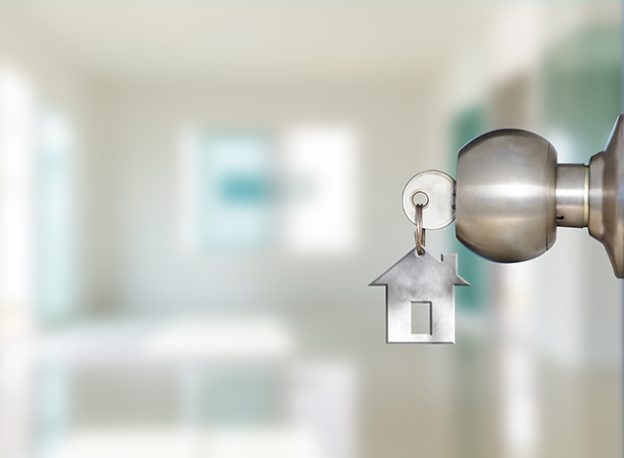

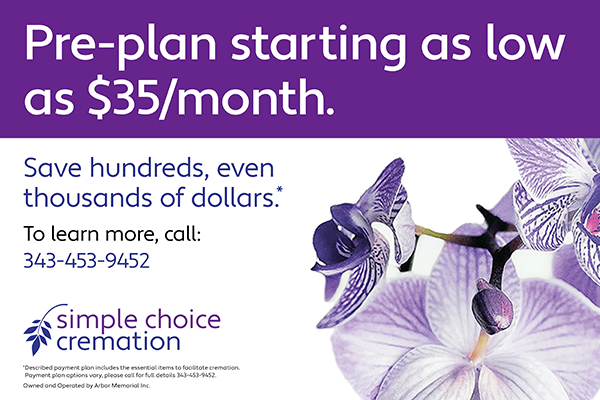





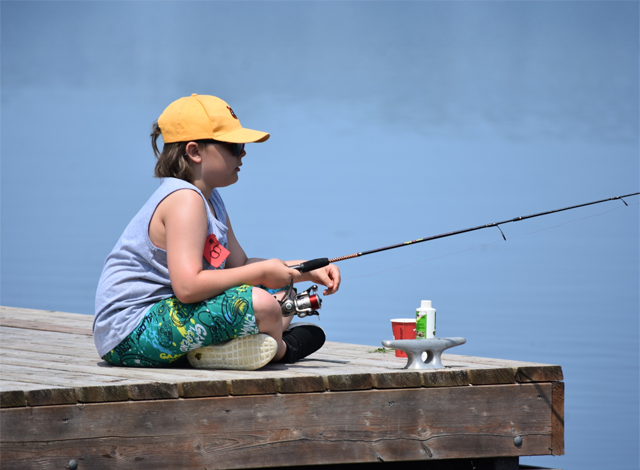
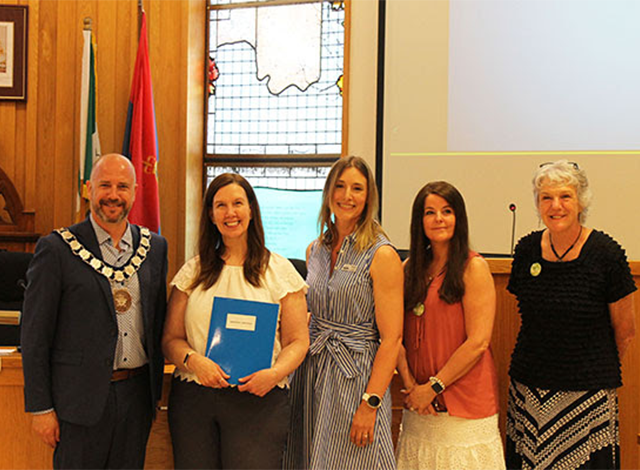




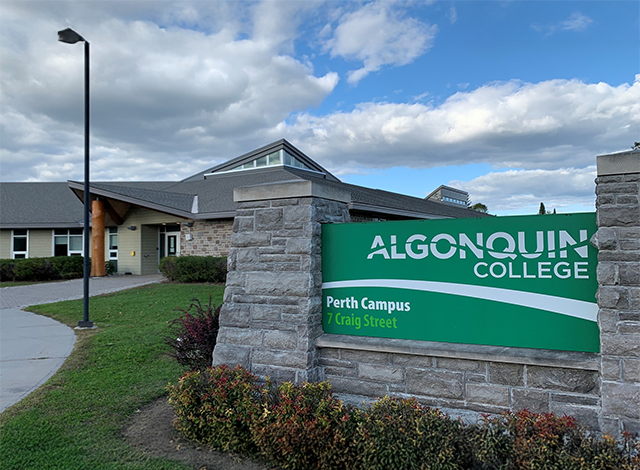
Pingback: What is the by-name list all about? - Hometown News